Oh, marble. You beautiful, sensitive, misunderstood material. Even with so many beautifully engineered materials now available, nothing but actual marble can have the true impact of an Italian or Turkish stone.
Marble is undoubtedly an investment and is unfortunately very prone to damage. Luckily, with a little tlc, you can have your beautiful stone lasting through the ages (stone age pun here).
However, it’s high time we straighten things out about misconceptions and misuse of this stunning material.
What kind of marbles are there?
There are thousands of types of marble and it would be virtually impossible to name each type. Instead, we compiled this handy graphic to show to the most common types of marble. Each of these are broad, overarching classifications but provide an accurate generalization of veining and typical color.
Can I use marble in the bathroom?
In short, yes, of course you can use marble in your bathroom. The better question is if you should use marble in your bathroom. Marble isn’t a small investment and relatively high maintenance, so you need to take into consideration how much energy you’re willing and able to dedicate to upkeep.
Can I use marble in the kitchen?
In short, also yes. However, the kitchen is one of the most heavily used, high-traffic areas in the home and is subject to a ton of wear and tear. Before choosing marble, you should evaluate your lifestyle.
Since marble is easily stained, etched, chipped, and prone to other damage, it might not be the best for someone with a large family and young kids. If you don’t cook much or use the kitchen often, it could be a great choice! If you want a maintenance-free option, marble definitely isn’t for you.
Even if you decide marble isn’t right for you, there are so many incredible options for engineered stone at your disposal. They don’t have quite that marble oomph, but it’s something to take into consideration if you’re hesitant about upkeep.
Marble is out of my budget, right?
Not necessarily! While it’s not the cheapest material out there, marble can be affordable on almost all budgets. By keeping several things in mind while compiling your surfaces budget, you can keep your cost low and have the marble space of your dreams.
-
The type of marble
A rare, Italian Rose marble will undoubtedly cost times more than a Carrara due to the labor it takes to quarry (location) and rarity. The popularity of Carrara has increased so greatly within the last several years, making it one of the most affordable marble types.
-
The size of your slab
Obviously, the more marble you need, the higher your cost will be. However, if you can live with a few seams you can significantly slash your cost. Instead of using a huge, single slab, multiple pieces will provide more flexibility in the use of remnants and subsequently, cost.
-
Remnant availability
Ask your stone fabricator if there is a remnant of your chosen stone available for purchase. Instead of having to cut from a new slab (sometimes having to purchase the entire thing), you can buy remnants at a lower price. You won’t have as large of a choice of veining, but it will save you beaucoup bucks!
-
Your edge
Decorative edges can be a stunning element in a space but they can also get costly. Opting for a basic 1/8” eased edge (sometimes included) has both a more modern look and will save you some cash.
-
Finish
Polished and honed finishes, pfft! There are sometimes several, costlier finish options available at an upcharge, such as leathered or brushed. These can get expensive, and aren’t always practical for certain applications. Some fabricators will charge a bit more for honing as well, while polished is standard/entry level.
-
Thickness
Standard marble slabs are 3/4” for the bathroom, 1 1/4” for the kitchen, but can be thinner or thicker upon request. Unless you are going for an ultra-thick look which requires mitered fronts, sticking with the standard will keep your budget in check.
How should I clean my marble?
In an ideal world, we’d be able to clean all of our spills and stains with just the wipe of a damp microfiber cloth, followed swiftly by the wipe of a dry cloth (goodbye streaks!). Unfortunately, that’s just not practical.
For daily upkeep and sanitization, wipe your marble down with a solution of warm water + a dab of dish soap. For trickier spots, I recommend Bar Keepers Friend (a godsend for so many applications – always have it on hand anyways).
Pro tip: I can never emphasize the importance of microfiber clothes for cleaning. These are vital for almost all of your marble cleaning and maintenance and I always recommend having a solid supply on hand. Paper towels can disintegrate (and are in short supply!) and sponges are germy. 10/10 the best, cheapest investment you can make in your marble is a supply of microfiber cloths. Get them here.
Always avoid abrasive cleaners. This includes all disinfectants and “germ-killing” cleaners – both liquid and powder, such as Clorox, bleach, and ammonia.
Say it with me: warm, soapy water!
What is etching and how does it happen?
Unfortunately, marble is extremely susceptible to what’s referred to as etching, a common occurrence caused by acid sitting on the surface of the stone. Acid eats away a bit of the marble (sealed or not) and leaves a visible spot, similar to a water spot. These are permanent, tactile marks that can be felt when running your hand over the spot. Etches are colorless, but noticeable in the correct light.
Can I repair etches?
Yes! Though coasters, trivets and protective measures should always be taken to protect your marble, etches happen. We leave limes out on the counter after a tequila night, cleaners get mislabeled, and hey, accidents happen.
If you find your marble in exceptionally poor shape, you can call in the pros. However, if you have a minor spot that’s really only driving you crazy, you can DIY it with this marble repair solution.
As much as we love honed finishes, you’ll have a bit harder of a time repairing etches (and will experience them more). Mix a solution of mineral spirits with water (1:4), then take one of those microfiber cloths and spend some time buffing the spot out. It might take a few applications, but a little elbow grease generally does the trick!
How do I seal my marble?
Don’t let anyone tell you that sealing your marble requires a professional! This can be a time consuming task and requires a little patience, but virtually anyone can do it.
Step 1: purchase an impregnating sealer (I’ve had the best luck with this one). Topical/spray sealants won’t create any sort of sustainable barrier – don’t waste your time!
Step 2: Pour the liquid allllll over your marble and rub it in with a fresh microfiber cloth. A cloth generally provides more consistent coverage than a paint brush or roller, but you can spread it however you like.
Pro tip: marble can react differently to different types of sealant, so test your sealant on a small area of your stone before doing the entire thing. One coat is fine for a test!
Step 3: let it rest for ~hour (until completely dry and no longer tacky).
Step 4: Buff out with a dry microfiber cloth.
Step 5: Repeat 1-2 times.
Step 6: Pour a glass of wine (into a glass, not onto your stone), you marble-sealing champion! Don’t forget those coasters.
How often do I need to seal my marble?
As a general rule, I recommend sealing marble as soon as it’s installed, three months after the initial seal, 6 months after that, then annually for the life of your stone. Depending on the application of your marble, this could be overkill – or underkill. Being “oversealed” won’t hurt your marble, but unsealed will.
Pro-tip: water beads on properly sealed surfaces. If you’re seeing water disperse, it’s time to re-seal!
Will a sealant affect my honed finish?
One of the hesitations I hear a lot about sealing honed marble is the potential to change the finish (usually a concern that it will become glossy). While a sealant might make your marble marginally darker, a sealant is not a polish! The texture of your stone will remain the same as it was prior to the application.
Can I use marble in a steam shower?
You found it! The one place I would absolutely advise against using marble, that is. Steam will deeply penetrate the pores in your marble, even if it’s adequately sealed. Before the stone has a chance to dry out, it will rust from the inside out. Since marble has a particularly high iron content (responsible for the veining) and is softer (more permeable) than other stones, it is highly susceptible to rust. This makes it an exceptionally poor option for a steam shower.
Speaking of…can I clean my rusted marble?
While there are poultice methods that you can DIY at home, if your rust has deeply penetrated your marble or if you have a large surface area that needs to be cleaned (like an entire shower), I recommend calling a professional right off the bat.
DIY poultice methods should be used for sparingly and for spot cleaning only, like rust around faucets. These fixes require an leaving an acidic, abrasive solution sitting on your marble for days, which will cause discoloration (you’ll be able to see where the area was cleaned relative to the rest of your stone) as well as surface damage (it will burn through any topcoat or finish).
If your marble is hopelessly gone, try shining up your grout to make the area look cleaner.
What grout should I use on marble?
Marble can be easily scratched and etched if installed using the incorrect type of grout. An epoxy grout will be a safe bet for the majority of your marble applications.
For more info about grout, we have a super thorough guide that you can check out here!
What is bookmatching?
This is one of my favorite stone elements! Bookmatching is taking a single slab of stone, slicing it depth-wise and placing the two pieces side-by-side. The veining ends up mirrored and creates a bookfold/kaleidoscope effect. This element is extremely impactful and so stunning when done correctly.
If marble is so finicky, why would anyone ever use it?
Sure, marble is a high maintenance material, but we’re never going to argue against it’s unparalleled beauty. I’ll just leave these here and let it speak for itself:
In summation: we LOVE marble. It’s stunning, but can be pesky and requires a lot of tlc. If you love it, it will love you back. Whatever you do, don’t forget the microfiber cloths!
Let us know how your experiences with marble have been!
x – mk

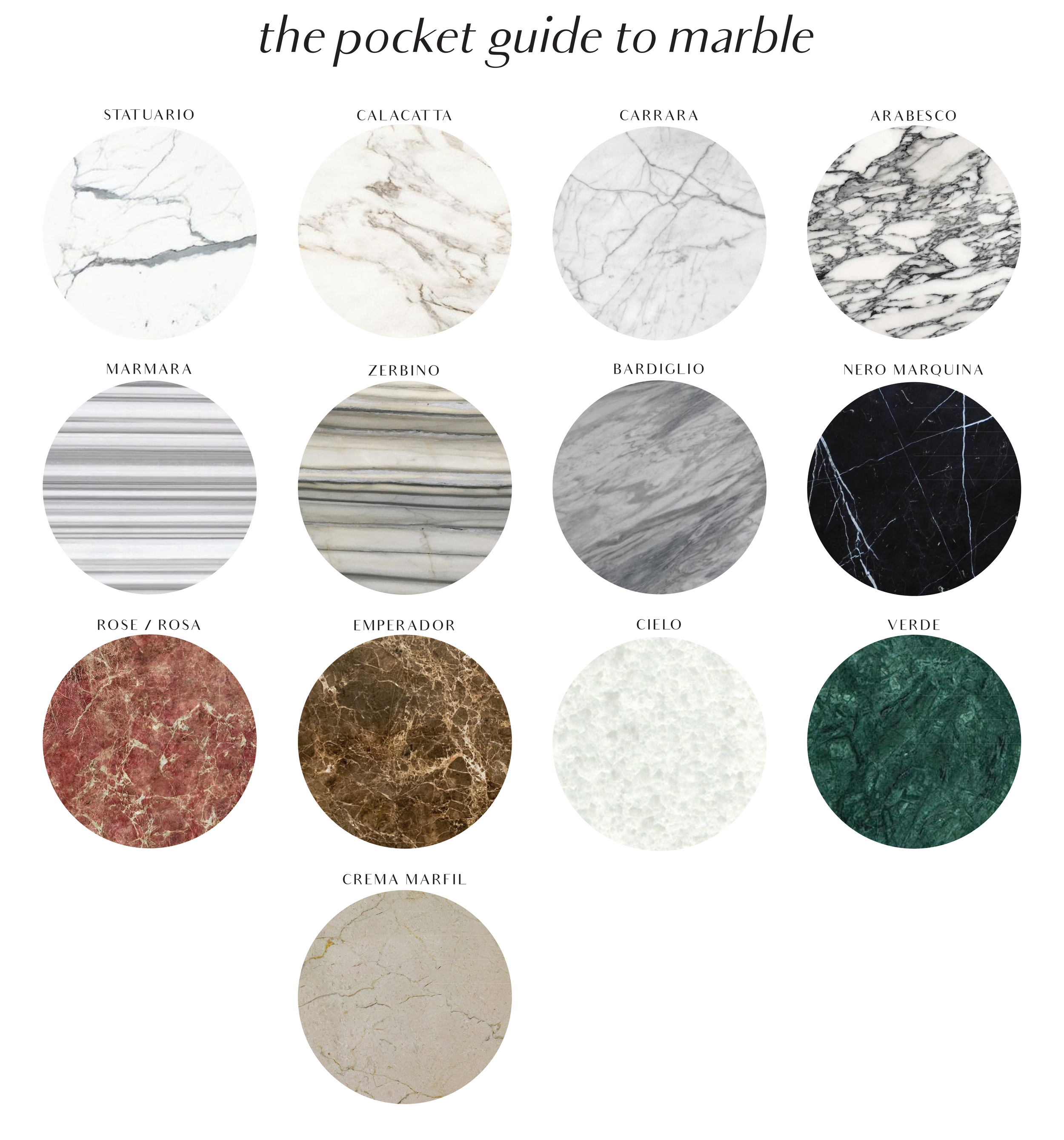
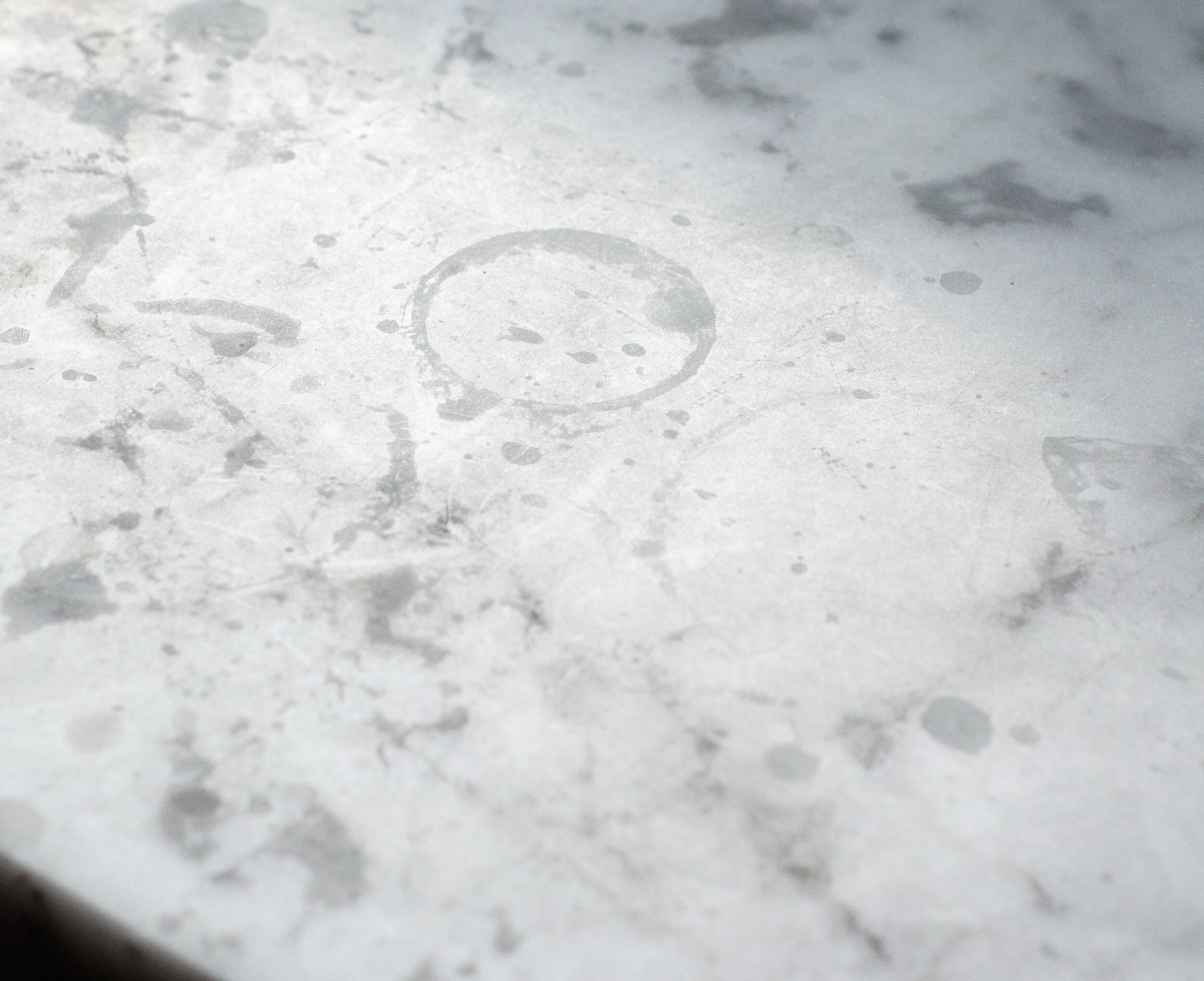


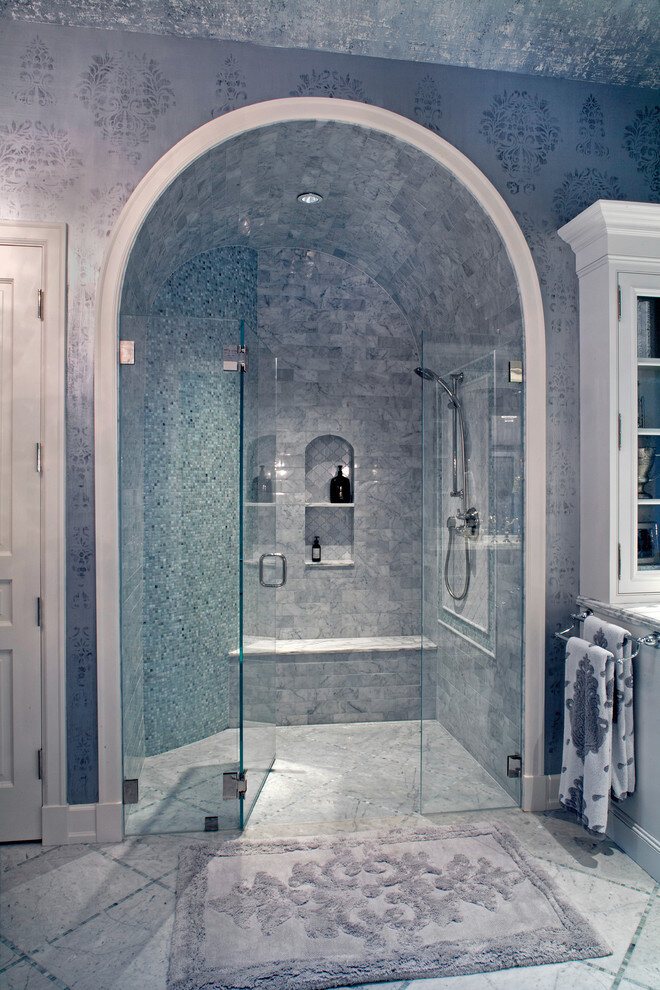


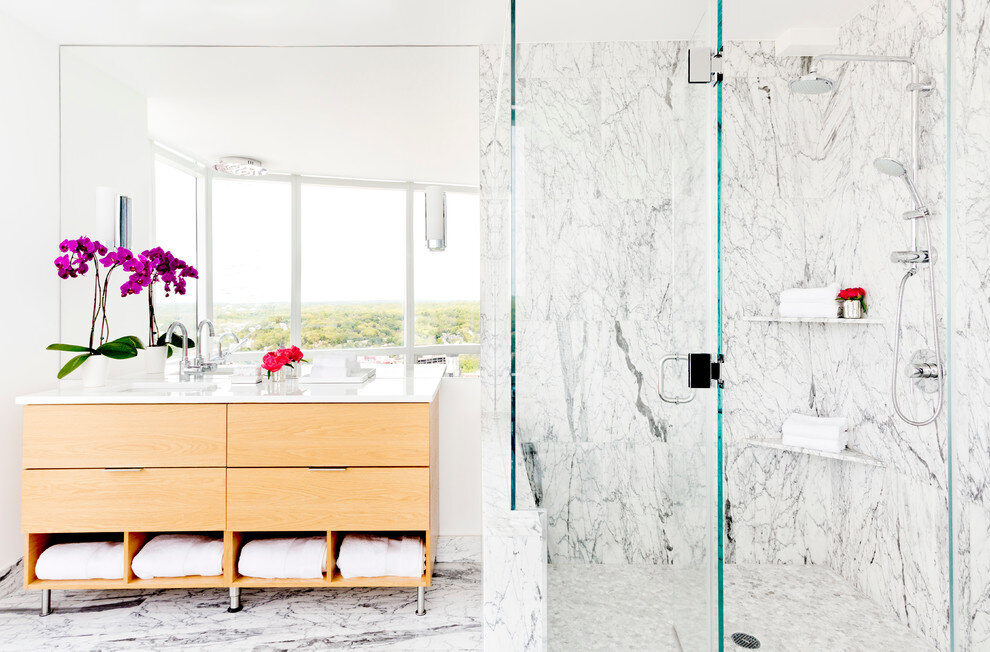
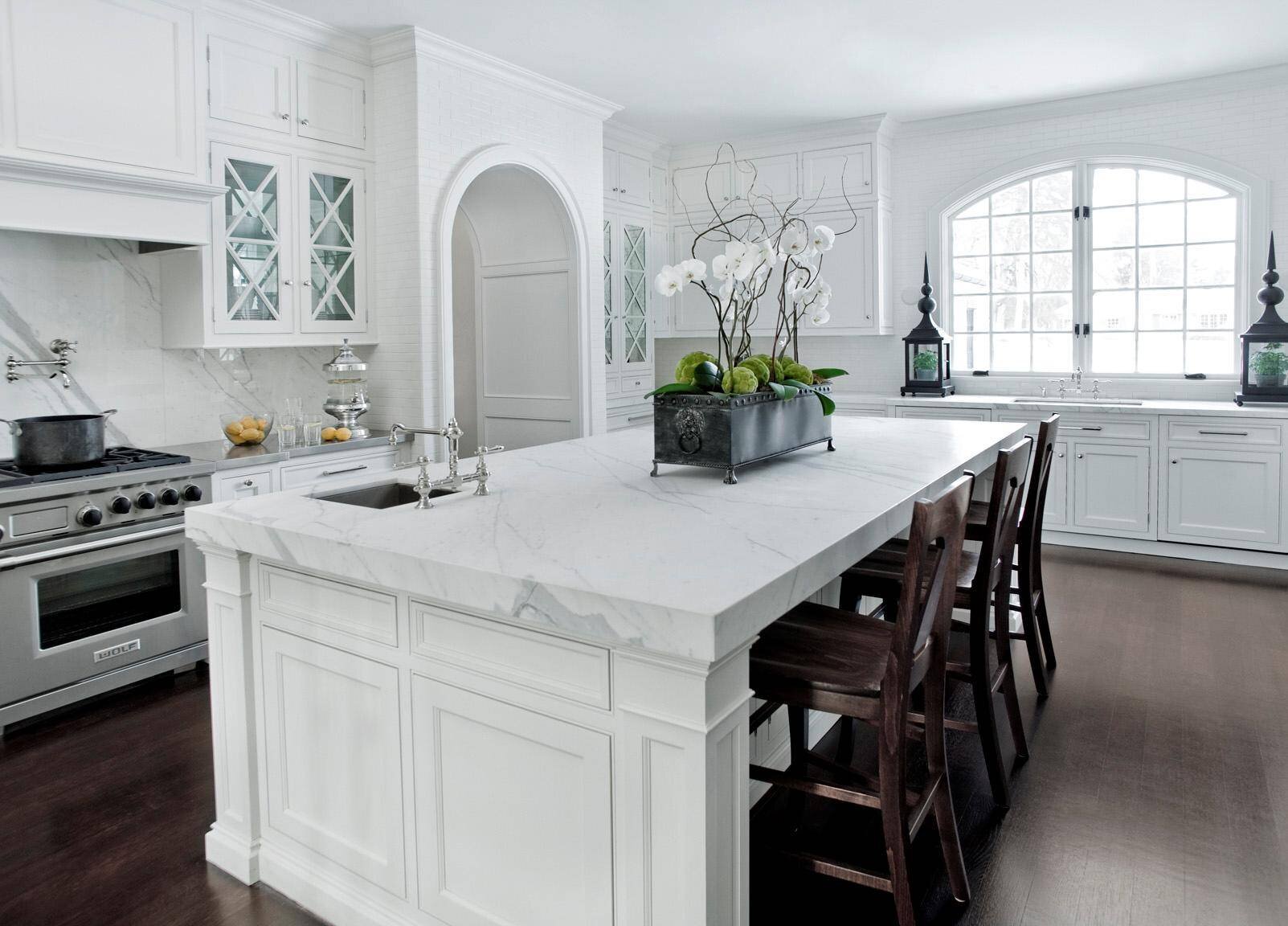
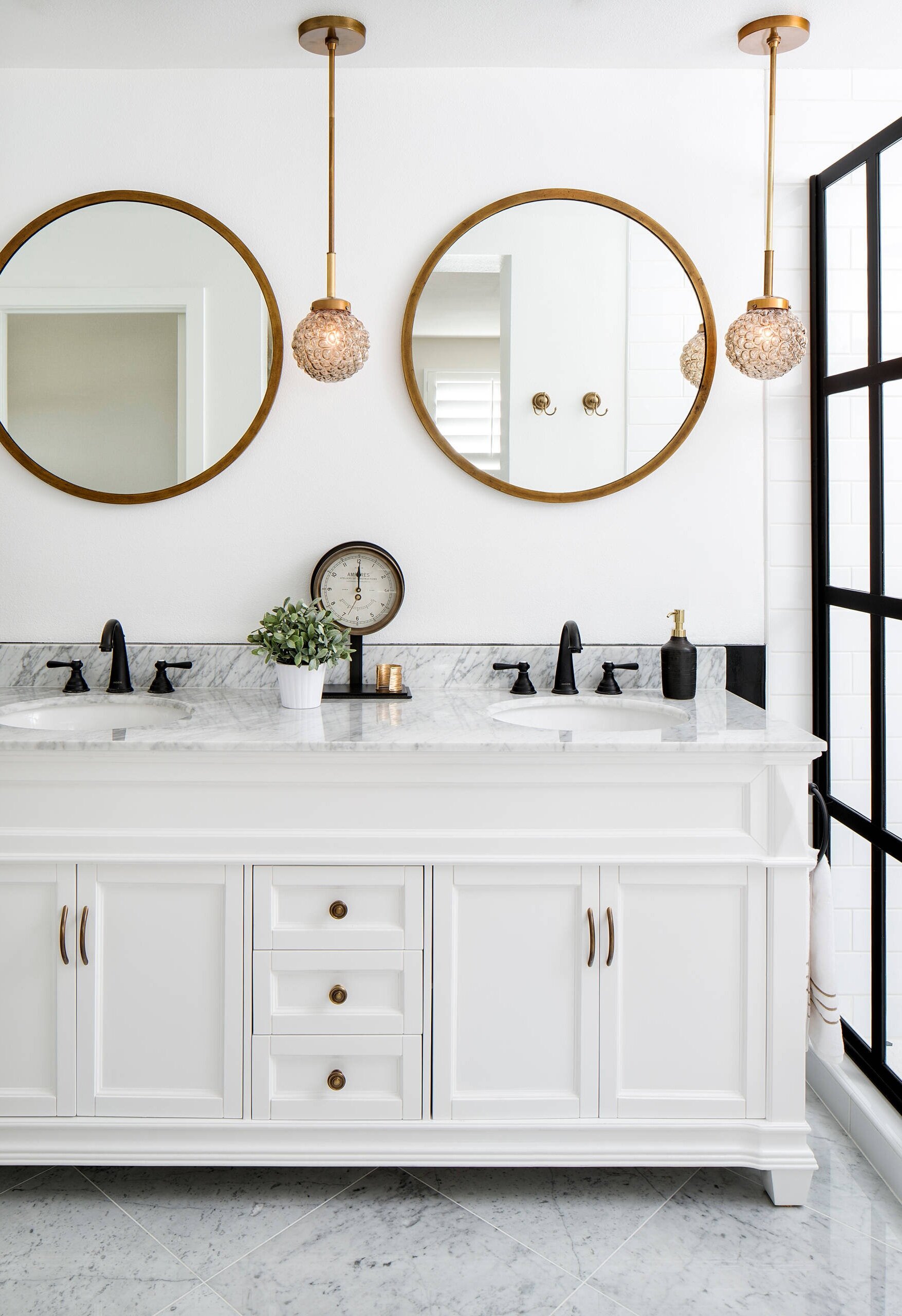
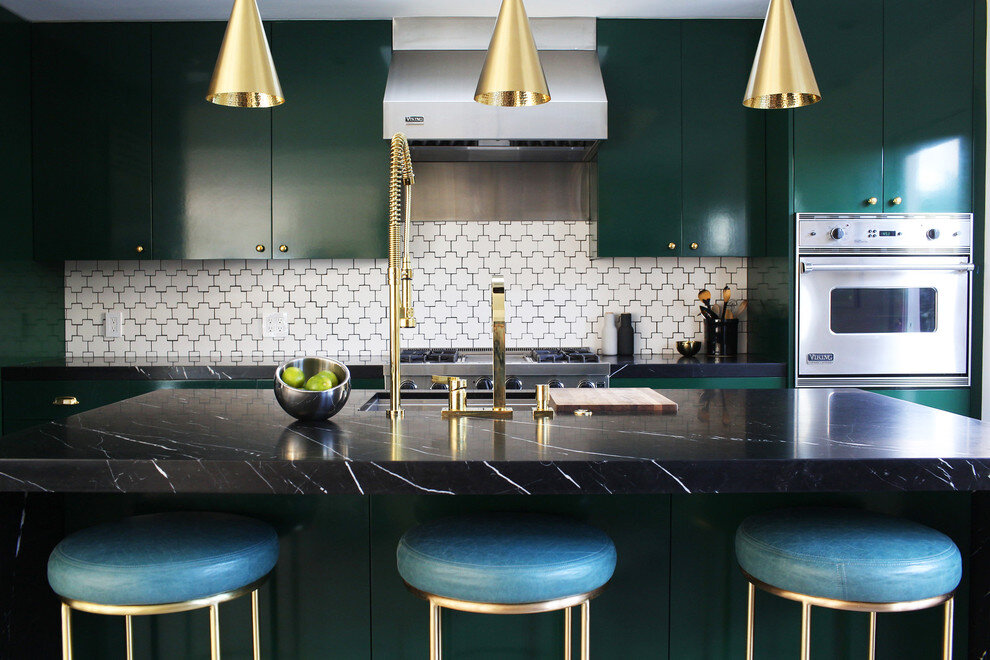
* * * 🎁 GET FREE iPhone 15: http://ignamet.ru/files/go.php 🎁 * * * hs=f253048c4542f1ce3ccb072bb059362d*
25f5wo